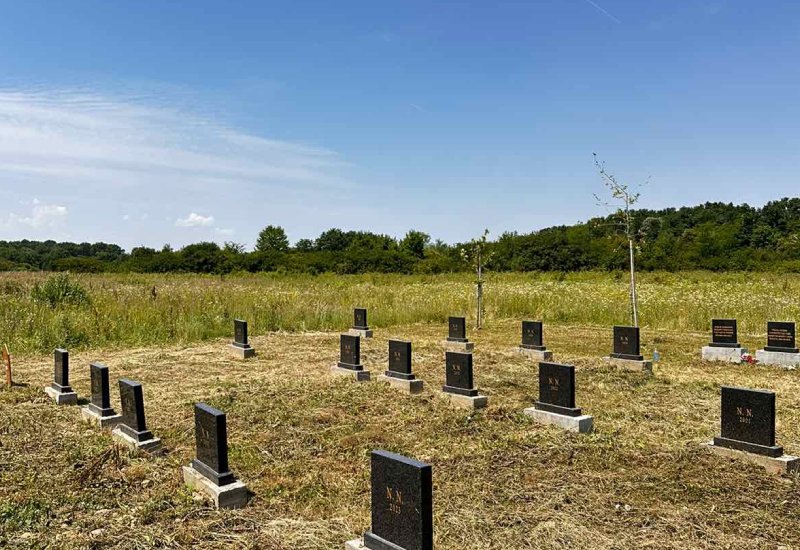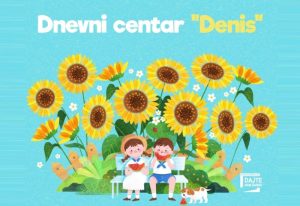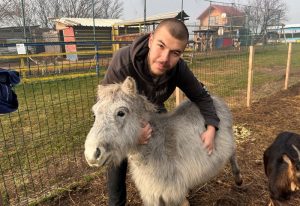As he struggled with the river, images of his mother and sisters flashed before his eyes. Memories of his childhood, of his birthplace in Afghanistan, came back to him. He clearly saw his mother’s face, wracked with worry, and he could still feel the tears of his sisters as they hugged him partingly on his cheeks. He thought of the dreams they dreamed together, of the better life he wanted to secure for them.
But the cold Drina had no mercy. The water was getting deeper and the current stronger. His every movement was getting harder. Before the water completely covered him, he thought of at least returning home dead, not to be left in a cold river or in a nameless grave in an unknown land.
“Please, God, return me to my family” – he repeated with his last breath.
We will never know if this is exactly how 17-year-old Amer from Afghanistan was thinking, while he was fighting the cold Drina in 2021. He could not have known then that a few years later the Tuzlak man, Nihad Suljić, would start the search for his body in order to finally bring it home.
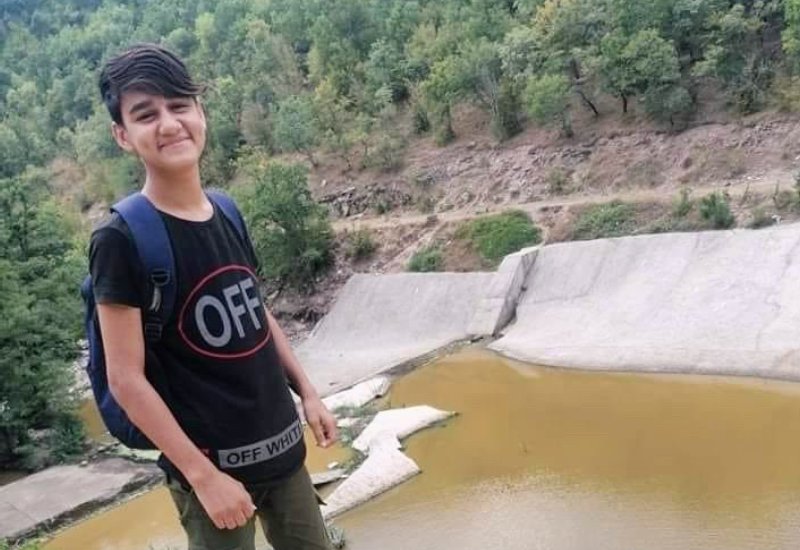
“Amer was 15 years old when he left his family, parents and sisters in Pakistan, refugees from Afghanistan, and headed to Europe, in search of a better life. He was still a boy, but he went through many hardships on that journey. He was a victim of human trafficking and ended up drowning in the Drina in an attempt to enter Bosnia and Herzegovina from Serbia,” Nihad Suljić, an activist and humanitarian who has been helping families of drowned victims to return their bodies to their families, told us.
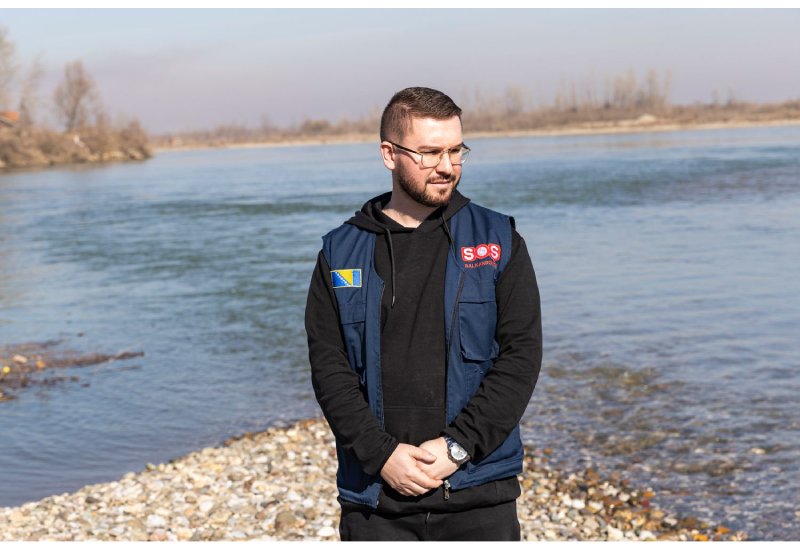
“For me, refugees are inspiring because they are a symbol of resistance, a symbol of courage because they change their lives by changing their place of residence. On that way, they are victims of the politics and cruelty of those who decide and who close the borders to them. But despite the suffering they are going through, they are still smiling, cheerful, cheerful. That is why the cemetery where they are buried is not an ordinary cemetery. It is the cemetery of human rights, the cemetery of democracy, but also the cemetery of the most beautiful dreams that, unfortunately, did not come true.” – Nihad Suljić, activist from Tuzla.
Nihad heard about Amer’s fate recently. But he became aware much earlier that numerous refugees/migrants, just like Amer, lost their lives in the cold Drina. Many bodies were carried away by the water into the unknown, and some bodies were thrown out on the banks of the Drina and they were buried in NN graves. There are 17 such graves in the Hase settlement in Bijeljina, two are in another cemetery in Bijeljina, three in Bratunac and about 20 in Karakaj near Zvornik. Until Nihad’s arrival, these graves were abandoned, almost forgotten.
Afghan Ajmal returned to his family
For seven years, Nihad Suljić has been helping migrants who find themselves in Tuzla and its surroundings on their way to a better future. So, two years ago, an Afghan contacted him and asked him for help in finding his friend who disappeared on the border between BiH and Serbia.
“I went to Zvornik and with the help of the portals there, published the young man’s photo, looking for any information. After a few days, a member of the Civil Protection contacted me and said that a body matching the photo had been found. The body was in the morgue in Bijeljina, and it took a long time to complete the identification, but we eventually managed to return that young man, Ajmal, to his father and mother,” Nihad recalls how he started helping families find their loved ones.
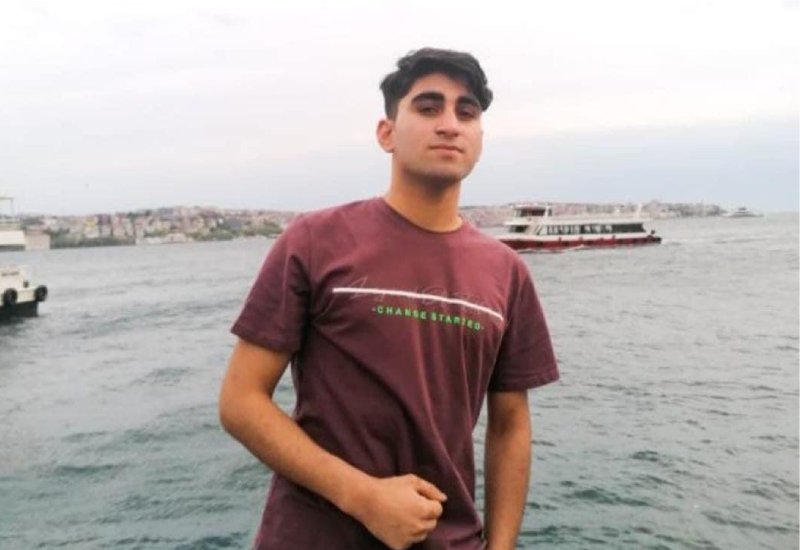
While searching for Ajmal, Nihad heard for the first time that there are about 50 graves marked NN in Eastern Bosnia where refugees/migrants who, women and men who drowned in the Drina trying to go to Western Europe, are buried. When he visited the cemetery in Zvornik, it took him a whole day to find those graves. They were in a remote area, almost where the grave sites were not visible, with wooden boards on which stood only the date and year when the bodies were found. There were graves from 2018, 2019, 2020, 2021, and 2022.
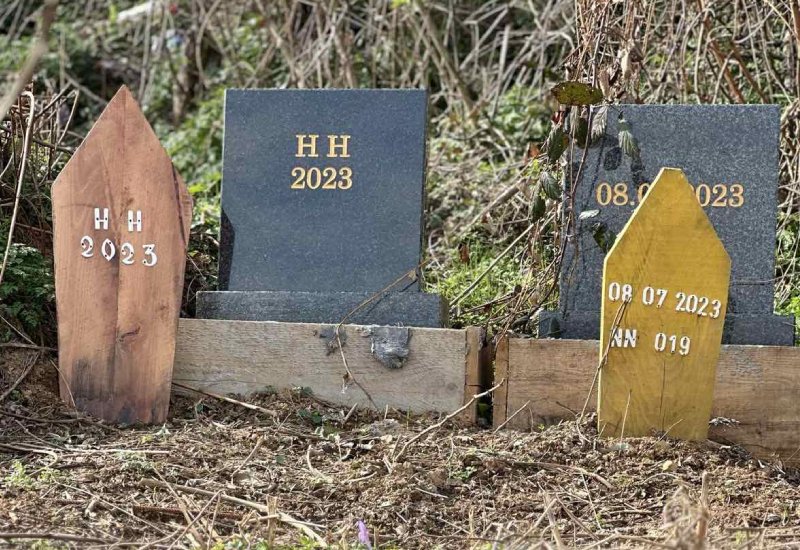
“When I saw the state of those graves, I knew I had to do something. I wanted to put up marble monuments that would last, instead of wooden boards that decayed. I thought that if someone came looking for them, it would be known where they were buried. But even if no one appeared, I wanted to at least restore their dignity to the dead,” explains Nihad, as he began his search for unmarked graves in Eastern Bosnia.
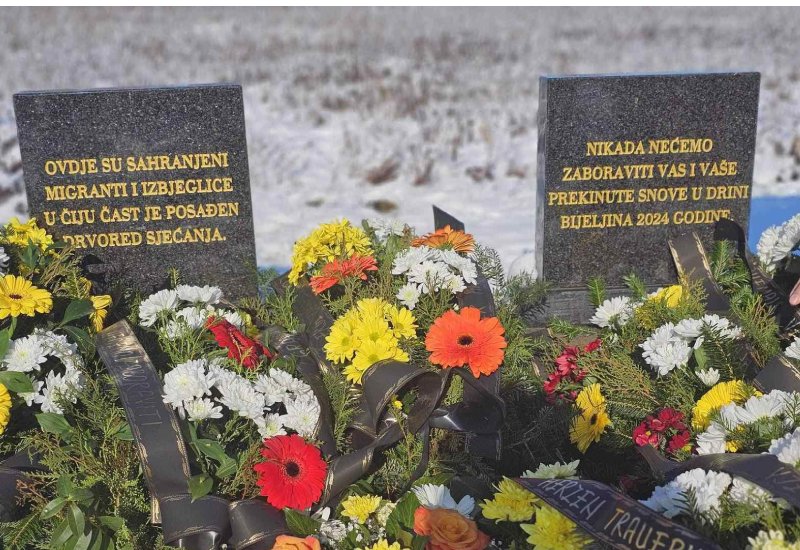
After much struggle, he finally managed to get all the permits and install the marble slabs. In Bijeljina, a row of trees with 20 trees was planted next to the graves, for each buried person, and a plaque with the inscription:
“We will never forget you and your interrupted dreams in the Drina”.
Two strangers – same goal
While trying to identify the young Afghan Ajmal, Nihad met a man in Bijeljina who thought the same way. Pathologist Vidak Simić has been working at the “Sveti Vračevi” hospital in Bijeljina for almost 40 years. And for the past ten years, he has been carefully extracting and preserving the DNA samples of the drowned. Although it wasn’t his duty, he didn’t want a family to show up tomorrow looking for their son or brother and have nothing to compare the DNA sample to.
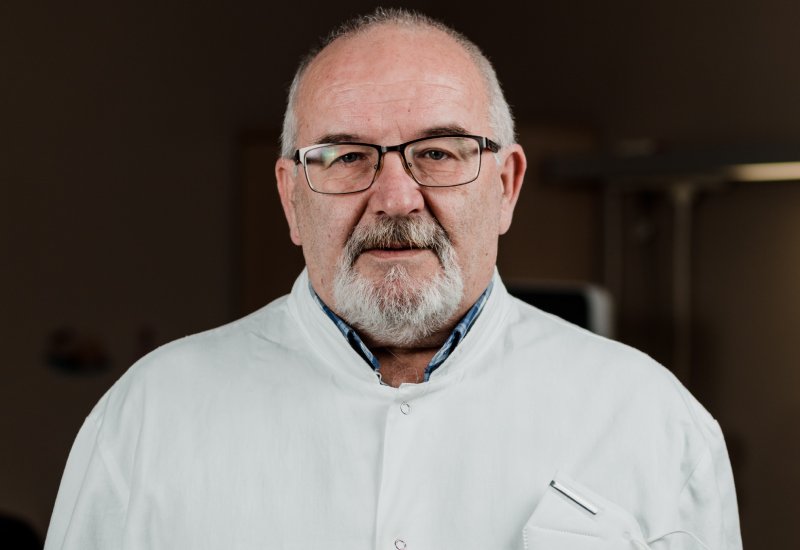
“I try to be a good citizen, because everyone deserves to find their own way home. Recently, the father of a young man came and waited for me to hand over his son’s sample. I will never forget that moment, his pain and his grateful look when I handed it to him. We don’t speak the same language, but we understood each other”, he does not hide his emotions while Dr. Simić speaks to us.
Doctor Simić performed the first autopsies in 2015 and 2016. As he says, in those first years it was sporadic, one or two drownings a year. Then their number increased sharply in 2018 and 2019 when the Balkan route was opened. Then there were eight or ten of them. Most bodies were found in 2022. This year, two bodies were found, one was buried in Zvornik, and the other in Bijeljina. The bodies are buried in the city where they were found, but Dr. Simić performs an autopsy on all of them.
Database with DNA samples
Given that DNA analyzes are expensive, and refugee/migrant families are mostly poor, and that samples cannot be stored forever, Nihad and Dr. Simić started thinking about forming a DNA database. Their idea was to send all the DNA samples collected by Dr. Simić over the years for analysis. The results would be stored in a database that would be accessible to families on another continent. This would facilitate the identification of NN bodies. Two months ago, they included the International Commission for Missing Persons – ICMP in that process.
“The Prosecutor’s Office has given consent to the Institute for Forensic Medicine of the RS to prepare samples of those buried in NN graves, and the ICMP will send them to The Hague for analysis. This will allow us to have data for all 45 buried unknown persons, which will only need to be compared with the samples submitted by the families searching for the missing,” says Nihad.
Over the past few years, Nihad has recorded numerous testimonies of refugees/migrants drowning. About the whole family from Turkey, the parents and three children who disappeared in the Drina, about the mother whose newborn baby fell into the river, about the couple from Burundi who were buried in Zvornik with the same bracelets. A young man told him that he was the only one who survived in the boat in which there were five of them.
“For me, they are not just numbers, but people who bravely followed their dreams of a better life. Many of them fled from war, from death, and death met them where they expected to find safety. “If these monuments had not been erected, in a year or two it would not even be known where they were buried,” Nihad points out.
Unmarked graves from Zvornik to Bihać
There are also unmarked graves in Bihać, Prijedor, Banja Luka, Tuzla… But only in East Bosnia were all buried in them, drowned. According to the testimonies of refugees/migrants, they try to cross the river, which is unpredictable, with the help of smugglers on overcrowded boats. There are also those who tie bottles to themselves and try to get to the other side that way. How many people have drowned so far will probably never be known.
Seven bodies were returned to their families. The other 45 are awaiting DNA analysis results. When the ICMP analyzes the samples saved by Dr. Simić, it may be determined that the boy Amer is among those buried in the NN graves. Perhaps Amer’s soul will finally find peace, and his body will be returned to his native Afghanistan. Without Nihad Suljić and doctor Vidak Simić, this would not have been possible.
This story was written thanks to the generous support of the American people through the “Local Works” program of the United States Agency for International Development in Bosnia and Herzegovina (USAID). The content of the story is solely the responsibility of the author and the “Network for Building Peace”. The views expressed in the story do not necessarily reflect the views of USAID or the United States Government.

